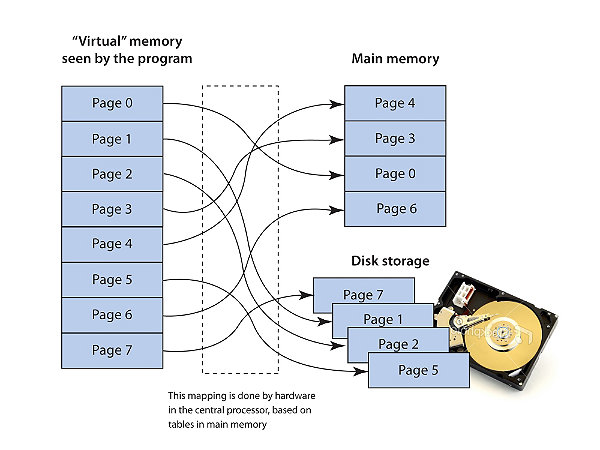Virtual memory is a feature of an operating system (OS) that allows a computer to compensate for shortages of physical memory by temporarily transferring pages of data from random access memory (RAM) to disk storage.

Virtual memory makes the system appear to have more memory than it actually has by sharing it between processes. Provides Large Address Spaces
Memory Protection
Each process in the system has its own virtual address space. These virtual address spaces are completely separate from each other and so a process running one application cannot affect another. Also, the hardware virtual memory mechanisms allow areas of memory to be protected against writing.
Memory Mapping
Memory mapping is used to map image and data files into a processes address space. The contents of a file are linked directly into the virtual address space of a process.
Fair Physical Memory Allocation
Each running process in the system needs to have a fair share of the physical memory of the system,
Shared Virtual Memory
Although virtual memory allows processes to have separate (virtual) address spaces, there are times when you need processes to share memory.
Dynamic libraries are another common example of executing code shared between several processes.
 ශිල්ප 64
ශිල්ප 64